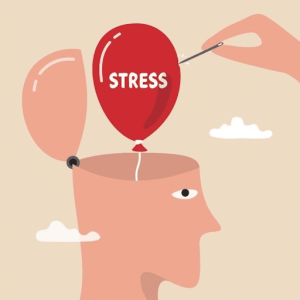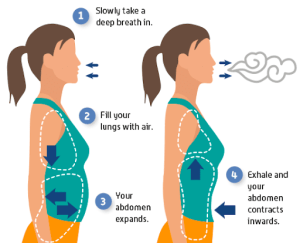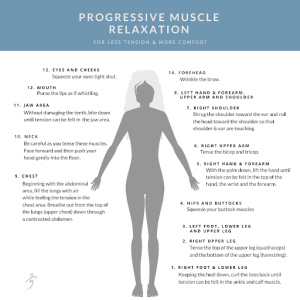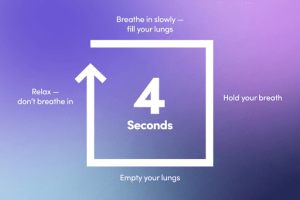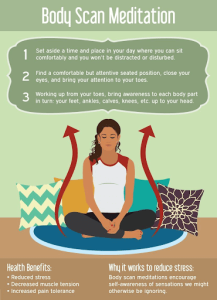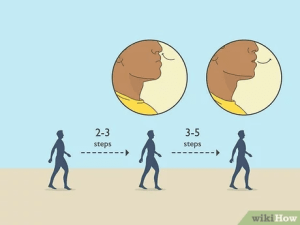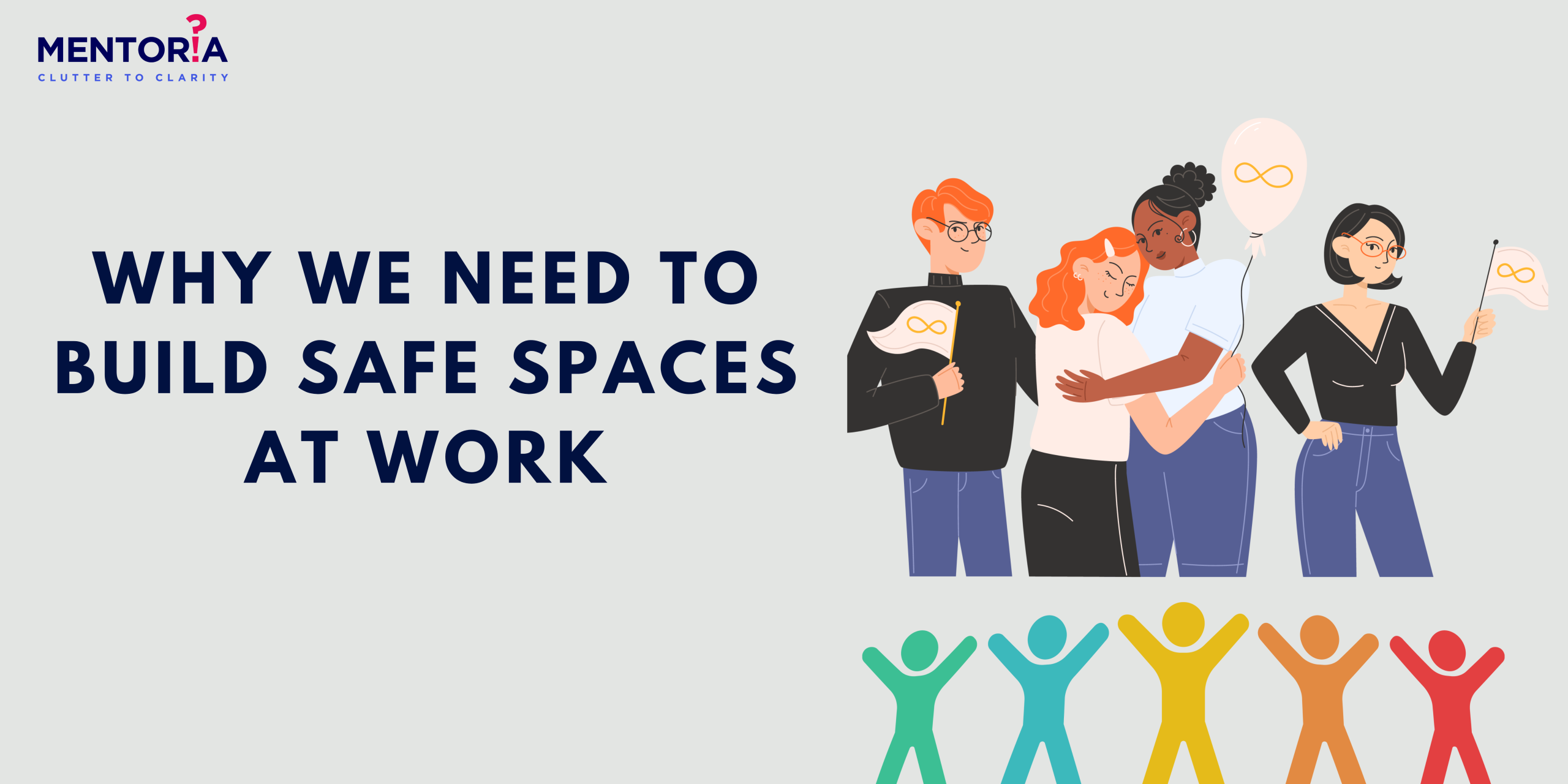10 Breathing Exercises to Tackle Exam Stress
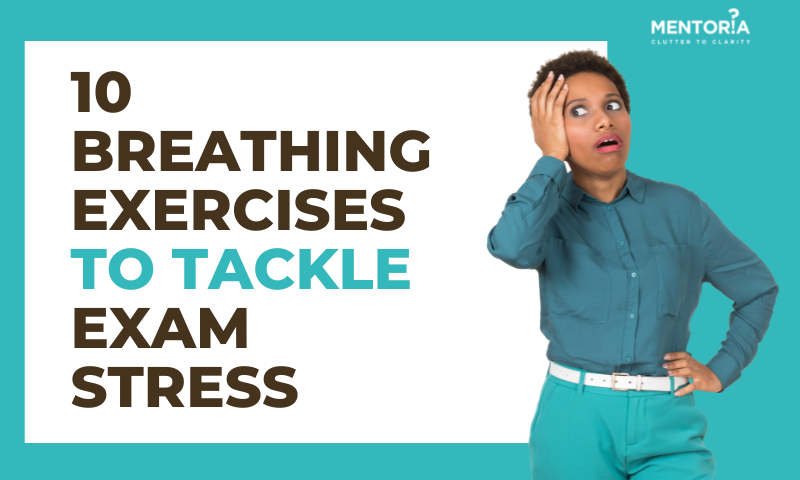
Exams — the bane of every student’s existence. We know it’s a bit harsh but the mere thought of exams can make even the most level-headed person break out into a cold sweat. But hold your horses, don’t go ditching all your textbooks just yet. We’ve got a secret weapon to help you tackle exam stress head-on – breathing exercises!
Yes, that’s right. These exercises are so simple, you could do them in your sleep (but don’t, because you probably need to stay awake for the exams 🙂). In this blog, let’s explore 10 breathing exercises that are effective and a little quirky and fun. So, whether you’re a stressed-out student or just looking for a chuckle, let’s take a chill pill and enjoy some breathing exercises!
How Can Breathing Help With Stress?
Breathing is like a magic wand for stress! When we’re feeling overwhelmed, our bodies respond by releasing stress hormones and when you breathe in a specific way, it’s like a really cool party in your lungs, where stress is not invited! But what is this “specific way”? Well, here you go!
1. Diaphragmatic breathing: Imagine giving your body a big, comforting hug from the inside out. Yes, that is what Diaphragmatic breathing feels like. It is like a superhero power for your stress levels! When we get anxious or stressed, our breathing becomes shallow and fast, which only exacerbates the situation. Diaphragmatic breathing, on the other hand, helps us slow down and take deeper breaths. Find a quiet and comfortable area to sit or lie down, and place one hand on your chest and the other on your belly to practise diaphragmatic breathing. Inhale slowly and deeply, making sure your tummy lifts as you do so. This suggests you’re breathing from your diaphragm rather than your chest. Exhale softly, allowing your belly to drop back down. Repeat several times, focusing on your breath and eliminating any tension in your body.
2. 4-7-8 breathing: Meet the 4-7-8 breathing technique, the breathing equivalent of a time-out for your stress levels! Simply inhale for 4 seconds, hold your breath for 7 seconds, and then exhale for 8 seconds to perform the 4-7-8 breathing technique. That’s all! Repeat this several times, and you’ll be surprised at how soon you’ll feel calm and relaxed. It’s like a game of “stress-relief Simon says” that you’ll actually want to play! Consider this strategy as a “pause” button for stress. It’s a terrific way to relax and reorganise before getting back to your studies with a much clearer mind and a more focused approach.
3. Progressive muscle relaxation: This exercise acts as a personal trainer for your muscles, allowing you to stretch out tension and let go of stress. To begin progressive muscle relaxation, tense a muscle group for a few seconds, such as your fists or feet. Then, thoroughly relax the muscles, feeling the tension release. Move on to the next muscle group, such as your arms or legs, and repeat the process. Work your way through all the muscle groups in your body, focusing on the sensation of tension and relaxation.
4. Alternate Nostril Breathing: Have you tried alternating nostril breathing to be a path toward balance and peace? It’s a terrific method to locate your centre when you’re anxious or swamped, and it can help you get back on track and deal with exam stress with ease. To do alternate nostril breathing, simply place your right thumb over your right nostril and inhale deeply through your left nostril. Then, with your right index finger, cover your left nostril and exhale through your right nose. Inhale via your right nostril, close it with your right thumb, and exhale through your left. Repeat this cycle several times, focusing on your breath and releasing any tension in your body.
5. Box Breathing: Breath in for 4 seconds, hold for 4 seconds, breathe out for 4 seconds, and hold for 4 seconds. Yes, that’s all it is. This simple technique is like a box that you can climb into to escape stress and find peace. Let us elaborate- to do box breathing, simply inhale for 4 seconds, hold your breath for 4 seconds, exhale for 4 seconds, and hold for 4 seconds. That’s it! Repeat this cycle a few times, and you’ll start to feel calm and relaxed. So next time you’re feeling stressed, take a deep breath and try box breathing – you’ll be breathing like a pro in no time!
6. Body scan meditation: A body scan meditation is like a stress detector for your body! This effective approach acts as a map of your body, assisting you in identifying and releasing any tension that has built up. To begin body scan meditation, lie down or sit comfortably and close your eyes. Concentrate first on your breath, then on the crown of your head. Recognize any tightness in your scalp and deliberately relax your muscles. Continue by noting any stiffness in your face, neck, and shoulders and intentionally relaxing each portion of your body. Move through your entire body, recognising any tightness and actively relaxing each portion.
7. Guided imagery: Let’s introduce you to guided imagery, your mind’s virtual holiday! This exercise is like taking a day trip to a beautiful paradise, allowing you to escape distress and find inner serenity. Simply close your eyes and visualise a serene place, such as a beach or forest, to practise guided imagery. Concentrate on the sights, sounds, and sensations of this location, and release any tension or stress in your body. Imagine yourself completely immersed in this serene setting, breathing deeply and feeling comfortable and at ease. You can even play some calming music in the background to enhance the experience!
8. Mantra repetition: Simply repeat a relaxing word or phrase, such as “relax” or “let go,” to practise mantra repetition. Repeat this word or phrase out loud or silently to yourself, concentrating your thoughts on its meaning and letting go of any worry or tension. Repeat your mantra as many times as necessary to feel peaceful and comfortable. This is similar to having a personal cheerleader for your mind.
9. Yoga: This ancient practice is like a two-for-one deal for stress relief, combining deep breathing with physical poses to release stress and calm your mind.
Simply choose a peaceful spot where you may roam about freely to practise yoga. Begin by focusing on your breath, and then combine deep breathing with physical poses that help you release tension in your body. If you’re already familiar with yoga, you can start with simple poses like warrior I and child’s pose or you can progress to a more complex routine.
10. Walking meditation: This method is all about taking a walk for your mental health. To do walking meditation, simply find a quiet place where you can walk without being disturbed. Begin by concentrating on your breath, and then take slow, thoughtful steps, concentrating on each step and your breath. Let go of any worries or thoughts as you walk, and simply focus on the present moment and the sensation of your feet on the ground. Think of walking meditation as a way to bring mindfulness to your daily routine, helping you tackle exam stress and find peace in your mind and body. It’s like a nature walk for your stress levels, helping you escape the stress and find calm in the face of uncertainty.
Breathe Your Way Out Of Stress!
Regular practice of these breathing exercises can help improve your physical and mental health, as well as enhance your focus, productivity, and emotional resilience. Exam time can be stressful for anyone so being in touch with your body can really help. If you need any help knowing how to prepare for your competitive exams or just knowing your own strengths and limitations then we are here for you!
Kick-start your career discovery journey with Mentoria & be sure to find the right career fit for you. Our 4-step career guidance solution, helps us find the right career fit for you from different streams, 850+ courses & 12,000+ careers.
